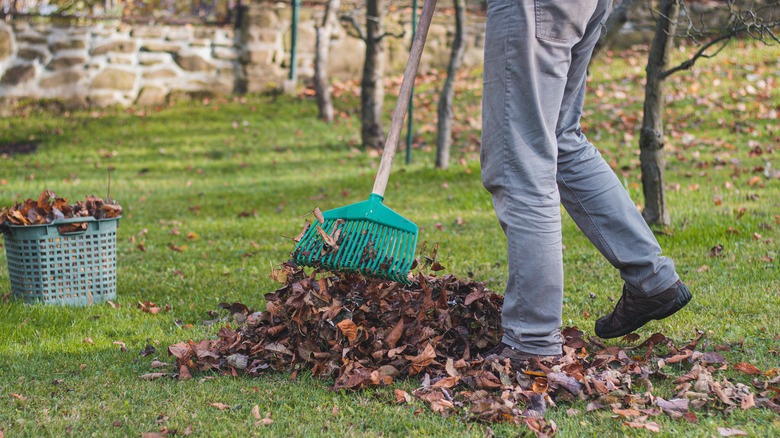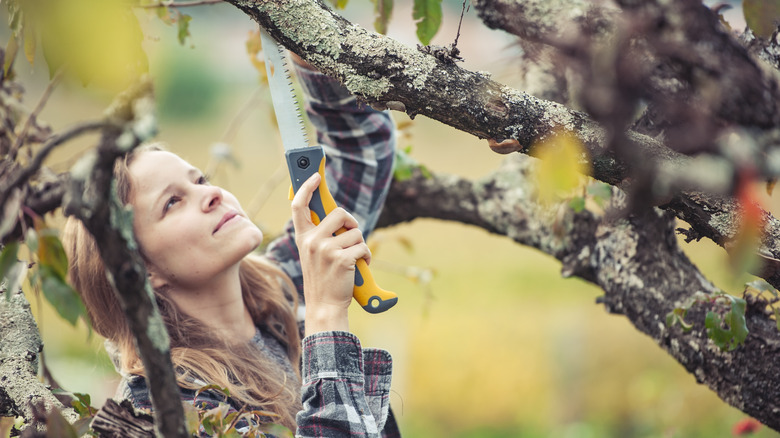Scouring the Internet to determine what’s wrong with your tree can send you down a path of despair. And if you love your trees, you’ve probably done this at least once or twice. Instead of panicking, there are ways to easily identify a diseased tree in your yard. If unsightly spots appear on the foliage, a fungal disease might be the problem. Fungi thrive in wet conditions, often hide in twigs and leaves, and can be very problematic during the rainy season. A particular fungus that often appears on walnut and hickory trees is downy leaf spot disease. White spots appear all over the leaves and can spread to the top of your tree’s canopy. During the beginning phases of the disease, yellow spots on the foliage will begin to show — once the leaves reach full size in the spring, a white powdery coating will appear on the underside right along the veins of the leaves.
The good news is that the disease is not that harmful to your tree. But on the downside, there’s no active treatment or available fungicide that will get rid of the white spots once they appear. You will just have to wait it out and switch your focus to preventing the white spots from spreading more and coming back next year.
Rake fallen leaves and prune twigs

When dealing with downy leaf spot disease, procrastinating on yard work only makes matters worse. With that said, when the infected leaves fall to the ground, rake them up as soon as you can to prevent the disease from infecting neighboring trees and plants. Avoid placing the leaves in a backyard compost pile where there’s a greater chance of the fungus taking hold in your yard. Instead, throw away or destroy all of the debris before the first snowfall to eliminate any chances of it surviving.
Another area to pay attention to is pruning all infected twigs. Downy leaf spot can cause abnormal growth on trees such as witches’ brooms. The circular cluster of twigs that form on the tree look rather unattractive. It’s okay to get rid of the abnormal growth, but to protect the rest of your tree when doing so, there are mistakes to avoid while pruning. It’s important to only cut branches where the wood is healthy so that the limbs grow back disease-free and strong. Infected twigs will look stunted and yellow. When you’re done, the same principle of discarding materials applies here — do not allow the disease to spread by letting the woody material sit out.
Monitor soil moisture and increase air circulation

Wet conditions promote disease, which is likely why the nasty infection showed up in the first place. So changing plant and tree care routines can help keep diseases like downy leaf spot away. For example, in the summertime water trees at the base and be careful not to splash water on the leaves, which can promote fungus growth — if your trees are vulnerable to disease, avoid sprinklers altogether. Also, reduce stress on your tree by watering it consistently throughout the year – the soil should be moist about 12 inches deep. Watering the soil unevenly can cause fungal diseases like downy leaf spot.
To improve light penetration and air circulation, prune your tree during the dormant season. Insufficient airflow prevents leaves from properly photosynthesizing and can weaken your tree. And try to have all signs of downy leaf spot disease gone before the tree begins to bud next spring. This will give it a better chance of recovery.




